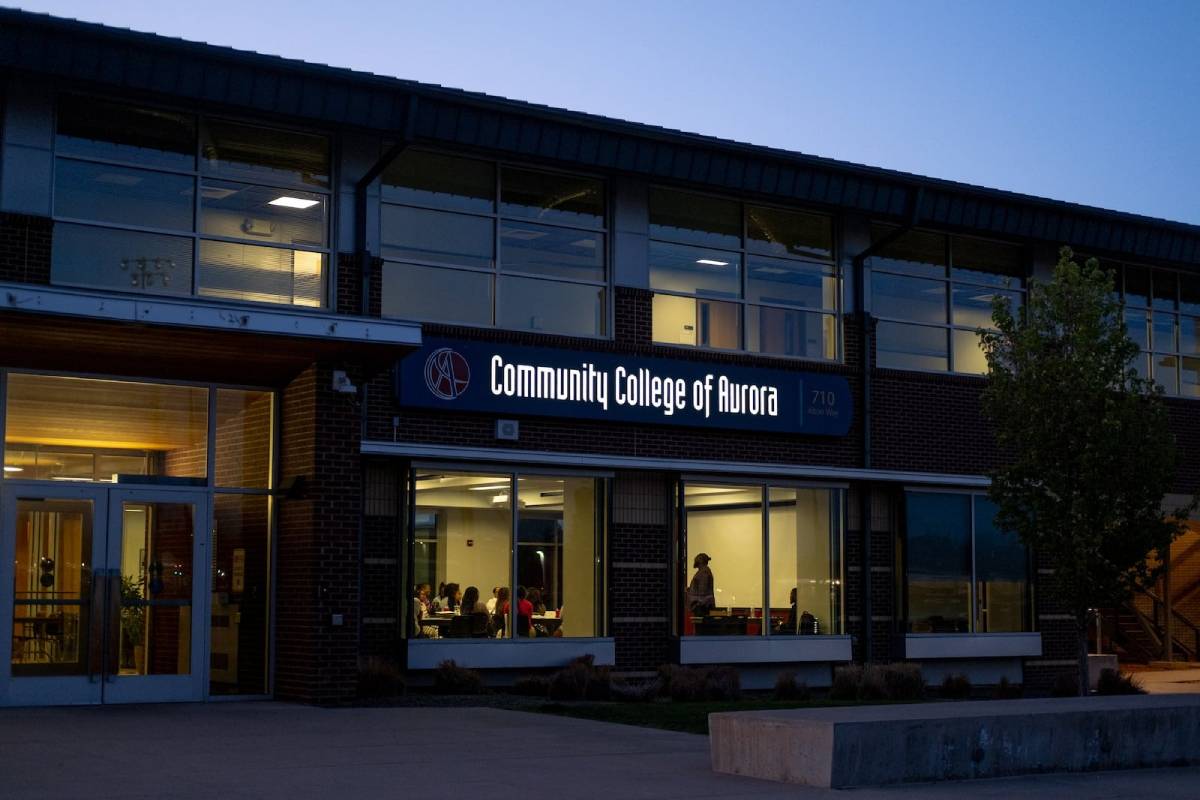For more than four decades, she didn't have a name. Since 1975, when her mummified body was unearthed in a church in the Swiss city of Basel, she had been a scientific mystery — a well-preserved corpse buried with proofs of her wealth, who for lack of identification took on a distinguished title: the Lady from Barfüsser church.
Now, after two years of archival and DNA investigation by a team of researchers, she not only has a name — as it turns out, she's also got a rather recognizable great-great-great-great-great-great-great grandson. The team announced Thursday that the mummy, identified as Anna Catharina Bischoff, was an 18th-century pastor's wife who can lay claim to a rather vast group of descendants, including British Foreign Secretary Boris Johnson.
Based on the amount of mercury in her remains she also appears to have been suffering from syphilis, which researchers believe she picked up while caring for others with the sexually transmitted disease. Mercury then was a common (if misguided and deeply toxic) treatment for syphilis. It was the mercury that was likely responsible for her death in 1787 at the age of 68 — and responsible, as well, for her body's uncommon preservation in the 230 years since.
Johnson, for his part, celebrated the discovery Thursday.
"Very excited to hear about my late great grand 'mummy' - a pioneer in sexual health care," he tweeted. "Very proud."
"It's great, and it's also a scientific sensation," Gerhard Hotz, an anthropologist with the Natural History Museum of Basel — where the mummy was exhibited — told Swiss broadcaster SRF.
The team that unearthed Bischoff's long-buried identity drew on a range of disciplines in their work. The team used archival records and confirmed their findings by studying DNA extracted from the mummy's big toe.
Bischoff herself lived much of her life in Strasbourg, researchers say. There she lived with her husband, a pastor whom she married when she was young and with whom she had seven children. Only two of those kids, both daughters, lived to see adulthood — and researchers say just one was known to have married and had children of her own.
It is through this daughter that scientists have traced the maternal line down through the generations to Johnson.
As for Bischoff, the researchers say that after her husband's death she returned to Basel, where she received the insidious treatment that ultimately led to her own death a few years later.
She was laid to rest in the Basel church — but she was not fated to rest long: Based on archival discoveries, team believes now that she was first found in 1843.
But it was not until 1975, when the church was undergoing renovations, that Bischoff was found again and — this time — removed for good from her tomb before the altar.
9(MDEyMDcxNjYwMDEzNzc2MTQzNDNiY2I3ZA004))








